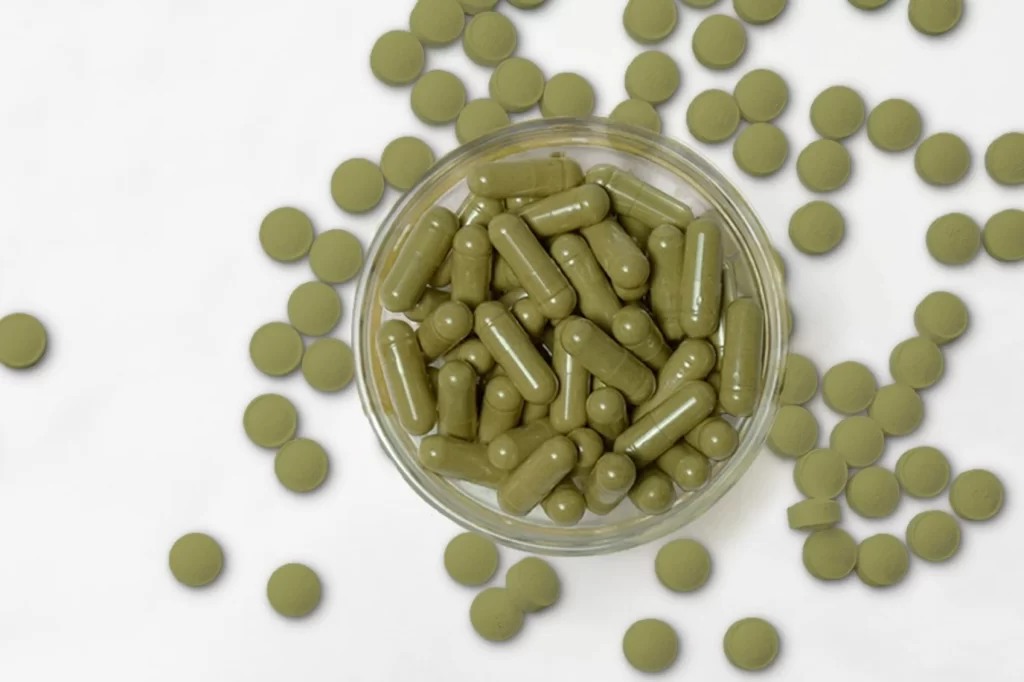Kratom Absorption – How Eating Can Influence Its Potent Effects?
Kratom, a tropical tree native to Southeast Asia, has gained attention for its potential medicinal benefits, particularly its ability to alleviate pain, improve mood, and provide energy. However, the way it is consumed can significantly affect how quickly and powerfully these effects are felt. One of the key factors influencing Kratom’s potency is its absorption in the digestive system, which can be impacted by when and what you eat. Kratom contains active compounds known as alkaloids, primarily mitragynine and 7-hydroxymitragynine, which interact with the brain’s opioid receptors to produce effects. When consumed orally, these alkaloids need to pass through the stomach and intestines before they enter the bloodstream and reach the brain. This process can take time, and how quickly or slowly it occurs can affect the intensity and onset of Kratom’s effects. The presence of food in the stomach can have a significant impact on Kratom’s absorption. Consuming Kratom on an empty stomach typically results in faster absorption, meaning the effects may be felt more quickly and intensely.

This is because there is little else in the stomach to slow down the process. Without food to digest first, Kratom with Happy Go Leafy can be absorbed directly into the bloodstream, leading to a quicker onset of its effects. Many users report that taking Kratom on an empty stomach allows for a more potent experience. However, taking Kratom with food can slow down its absorption, diluting the initial intensity of the effects. This is because the body first focuses on digesting the food, meaning Kratom must wait its turn to be processed. Depending on the size and type of food consumed, this delay can vary. High-fat meals, for example, can increase the absorption rate of certain substances, including Kratom, as fats aid in the dissolution and absorption of alkaloids. On the other hand, heavier meals or foods that are high in fiber may delay the onset of effects, as they take longer to digest and can slow the movement of Kratom through the digestive system.
Some users find that certain foods can either enhance or diminish the intensity of their experience. For example, acidic foods, such as citrus fruits, may potentially increase the absorption of Kratom, as they can lower the pH of the stomach and facilitate better extraction of alkaloids. On the contrary, foods high in tannins, such as tea, coffee, or dark chocolate, might hinder Kratom’s absorption because tannins can bind to alkaloids and reduce their bioavailability. Understanding the relationship between Kratom and food is crucial for users who want to maximize the effectiveness of their doses. If someone is seeking a rapid, intense effect, taking Kratom on an empty stomach may be the way to go. However, for those who are sensitive to the intense effects or looking for a more gradual onset, consuming it with food may provide a more balanced experience. Ultimately, the way Kratom is absorbed and its potency can vary from person to person, but food plays an undeniable role in shaping how Kratom’s effects unfold.
